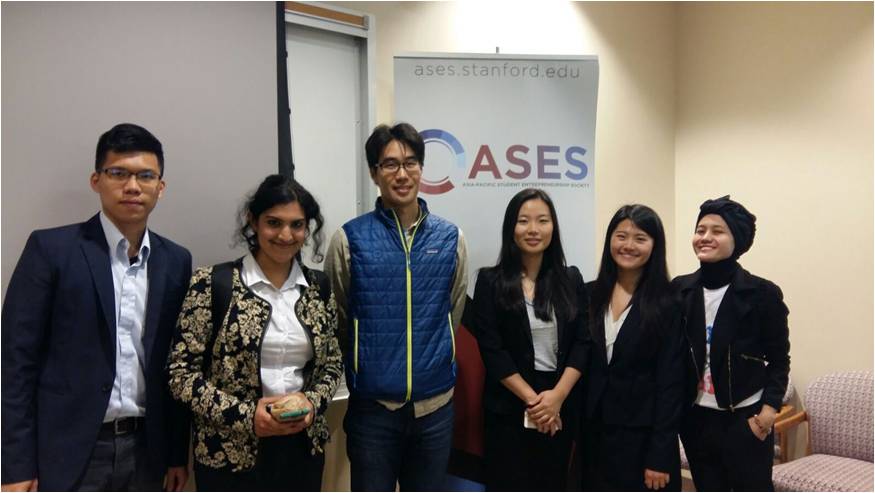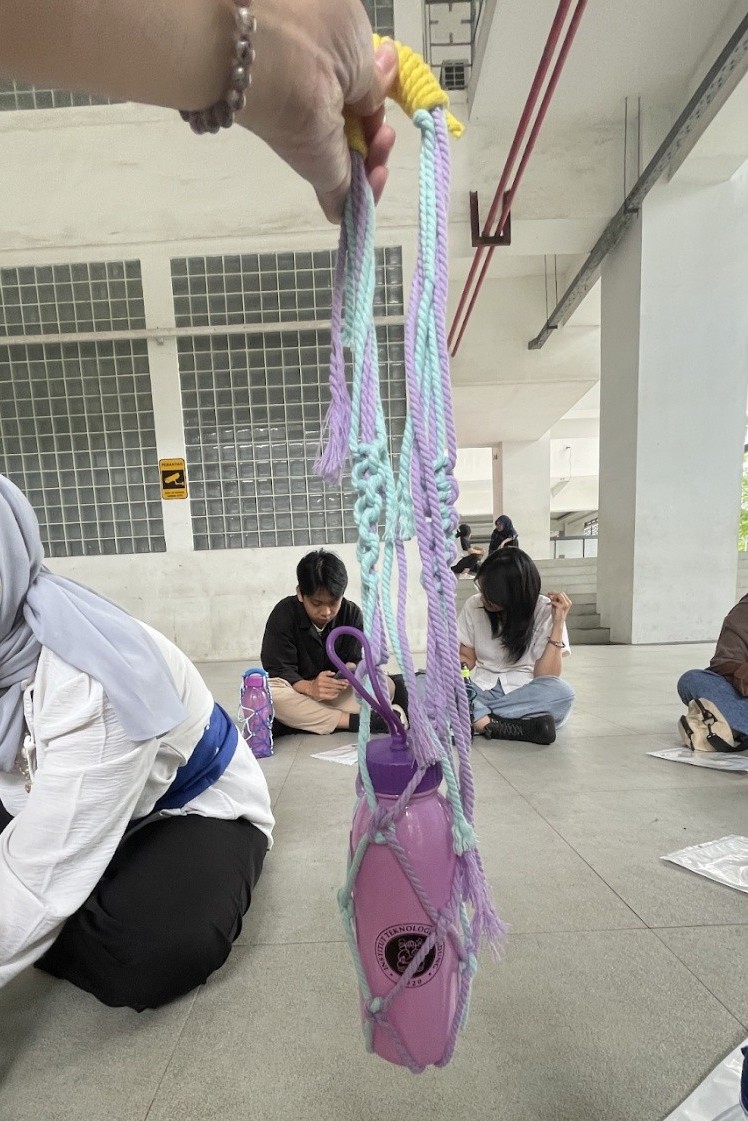ITB Student Invited to ASES Stanford Summit 2016 in Silicon Valley
By Yasmin Aruni
Editor Yasmin Aruni

 BANDUNG, itb.ac.id - Another ITB students that earn a brilliant chance is Gebby Oktapuri, a graduate student of SBM (MBA) ITB. Gebby was invited to participate in the Stanford Summit ASES 2016 for a week (02 - 09/04/16) with other students from across the Asia Pacific region. Along with the theme, namely, "Designing for Global Entrepreneurship", it turns out that Gebby found that design concepts were merely nice-to-haves and now has shifted to the need-to-have. In addition to holding classes at Stanford, the summit also takes place in Silicon Valley, an area that is like a home to many companies with high-tech industries at the same world as well as thousands of startup companies.
BANDUNG, itb.ac.id - Another ITB students that earn a brilliant chance is Gebby Oktapuri, a graduate student of SBM (MBA) ITB. Gebby was invited to participate in the Stanford Summit ASES 2016 for a week (02 - 09/04/16) with other students from across the Asia Pacific region. Along with the theme, namely, "Designing for Global Entrepreneurship", it turns out that Gebby found that design concepts were merely nice-to-haves and now has shifted to the need-to-have. In addition to holding classes at Stanford, the summit also takes place in Silicon Valley, an area that is like a home to many companies with high-tech industries at the same world as well as thousands of startup companies.
"Designer of the leading and entrepreneurs of Silicon Valley reveals about how to deal with global problems today. We talked about entrepreneurship and startup businesses in each country as well as what we have done well to grow our business and the challenges we face," said Gebby. Furthermore it turns out this Summit emphasized that innovation is the key factor behind the success of companies in Silicon Valley who can contribute 50% of GDP in the United States. "The most important strategy is innovation. It is not only for customers to not get bored with our products, but also to the employees so they feel challenged and updated daily on the company," said Gebby.
 "Facebook, Google, Cisco and Apple as the company's fastest growing with a growth rate of more than 100% in their first year. For me, the most interesting thing is that we can know in depth about the thought of a design. In addition, so does information about how to combine creative ideas with good implementation throughout the world and brought in a variety of organizations," said the MBA student who had just received the guidance from Facebook VP Design , Julie Zhuo. From Julie, Gebby know that design is a key. As easily as customers will choose to use a product, depending on how what is perceived when they use it, and as well as what they experience, if it is enough to solve their problems, and also how well we as convey the concept of design to our customers.
"Facebook, Google, Cisco and Apple as the company's fastest growing with a growth rate of more than 100% in their first year. For me, the most interesting thing is that we can know in depth about the thought of a design. In addition, so does information about how to combine creative ideas with good implementation throughout the world and brought in a variety of organizations," said the MBA student who had just received the guidance from Facebook VP Design , Julie Zhuo. From Julie, Gebby know that design is a key. As easily as customers will choose to use a product, depending on how what is perceived when they use it, and as well as what they experience, if it is enough to solve their problems, and also how well we as convey the concept of design to our customers.
Source: sbm.itb.ac.id
 "Facebook, Google, Cisco and Apple as the company's fastest growing with a growth rate of more than 100% in their first year. For me, the most interesting thing is that we can know in depth about the thought of a design. In addition, so does information about how to combine creative ideas with good implementation throughout the world and brought in a variety of organizations," said the MBA student who had just received the guidance from Facebook VP Design , Julie Zhuo. From Julie, Gebby know that design is a key. As easily as customers will choose to use a product, depending on how what is perceived when they use it, and as well as what they experience, if it is enough to solve their problems, and also how well we as convey the concept of design to our customers.
"Facebook, Google, Cisco and Apple as the company's fastest growing with a growth rate of more than 100% in their first year. For me, the most interesting thing is that we can know in depth about the thought of a design. In addition, so does information about how to combine creative ideas with good implementation throughout the world and brought in a variety of organizations," said the MBA student who had just received the guidance from Facebook VP Design , Julie Zhuo. From Julie, Gebby know that design is a key. As easily as customers will choose to use a product, depending on how what is perceived when they use it, and as well as what they experience, if it is enough to solve their problems, and also how well we as convey the concept of design to our customers.Source: sbm.itb.ac.id

.jpg)
.jpg)
.jpg)
.jpg)
.jpg)


